Have we reached peak fitness band?
While it's not on an annual release cycle like the Apple Watch, Fitbit gives its Charge fitness tracker a refresh every couple of years or so, and the 2021 version offers the most significant changes to the device to date. A new design, new sensors, and a new price point all combine for a compelling package. It also makes it clear that Google is happy to prominently feature basic trackers in Fitbit's lineup, at least for now.
You may think I'm coy or that I'm just a basic band fanatic because I was so excited to try out the new Fitbit Charge 5 and give it a proper review, but I'm clearly not alone in my affection for this form factor or device. During the product briefing for the Charge 5, Fitbit told a group of reporters and industry analysts that one-third of its active users wear a Charge device. Given its weight in the product lineup, it's probably no surprise that the company has poured so much of its best design and sensor tech into the latest version of the popular wearable.
In addition to its new looks and functionality, Fitbit continues to lean into mindfulness, meditation, recovery, and stress management with the Charge 5 and its Premium fitness service. The company clearly sees this combination as its key to battle the Apples, Pelotons, and WHOOPs of the world moving forward.
So with that background, let's dive in and take a look at what I thought of the Fitbit Charge 5 after the first ten days or so of use.
Fitbit Charge 5
Bottom line: With advanced health sensors, a bright color touchscreen, and a stylish new design, the Charge 5 is Fitbit's best tracker ever. However, those jumps in performance and price have put this device closer to the realm of smartwatches than basic fitness bands. That's not necessarily a bad thing, but it may be more than many need or are willing to pay.
The Good
- Stylish and comfortable new design
- New EDA and ECG sensors
- Google Fast Pair for Android
- Solid battery life
- 6 months of Fitbit Premium included
The Bad
- Not compatible with previous Charge bands or chargers
- Touchscreen can be a bit finicky
- $30 price increase over Charge 4
- ECG app not yet ready
$180 at Amazon $180 at Best Buy $180 at B&H
Fitbit Charge 5: Price and availability
The Charge 5 was announced in late August 2021 and immediately went up for sale via pre-order, with the first devices expected to ship out in late September. Priced $30 higher than the Charge 4 at $180, the Charge 5 is the most expensive tracker Fitbit has ever made, though it is still $50 cheaper than its Versa 3 smartwatch. The Charge 5 is available directly from Fitbit and major retailers such as Amazon, Best Buy, and B&H.
Fitbit Charge 5: What's good
We've long considered Fitbit's Charge devices among the best fitness trackers around, and the Charge 5 certainly makes a solid case to stay at the top of that list. However, even though it is instantly recognizable as a Charge device, Fitbit went beyond its more recent incremental updates and made some significant improvements to its best band.
The Charge 5 looks just as nice as the new Luxe but is a much more capable device.
For starters, the design is rounded, organic, and overall more refined than the blockier look of the Charge 2, 3, and 4, and it comes in 10% thinner than previous versions. As a result, it now clearly fits in with the design aesthetic of the Versa 3, Sense, and new Luxe devices. It also sports a larger, brighter version of the Luxe's AMOLED screen, making it easy to read indoors or out. At 450 nits, it's even two times brighter than the Charge 4, and it makes a huge difference. The new casing is also more comfortable to wear, better conforming to the contours of my wrist than previous Charge devices.
The Charge 5 is available in three color options: a platinum case with a Steel Blue band, a Graphite case with a Black band, and a Gold case with a Lunar White band. Additionally, Fitbit offers a wide variety of great first-party straps, including the colors mentioned above in the Infinity configuration (where the strap loops back under the clasp), Horween leather bands, hook and loop bands (fabric with velcro attachment), and the perforated sport bands.
| Category | Fitbit Charge 5 |
|---|---|
| Display | 1.04 inches, AMOLED |
| Water Resistance | Up to 50m |
| Dimensions | 1.45 x .90 x .44 inches (36.78 x 22.79 x11.20 mm) |
| Weight | .48 oz (15 g) |
| Sensors | 3-axis accelerometer, altimeter, optical heart rate sensor, SpO2, ECG, EDA, ambient light sensor |
| Onboard GPS | ✔️ |
| NFC | ✔️ |
| Always-on Display | ✔️ |
| Fitbit Premium | Free for six months |
| Colors | Steel Blue/Platinum, Black/Graphite, Lunar White/Gold |
On paper, the Charge 5 promises up to seven days of battery life, same as the Charge 3 and 4. While we always want more from our device's batteries, it is good to see that Fitbit was able to maintain the same capacity, even as it added sensors, features, and new screen technology. In my testing, I found this estimate to be on target. I was able to get just over six days out of a single charge, and this included using GPS mode for four separate workouts (over three hours in total) and with max brightness and continuous heart rate monitoring turned on. Even though it is an option, I did not enable the always-on display because that has a considerable impact on the battery life (brings it down to two days maximum), and it's never been an essential feature to me.
Fitbit brought some of its most advanced health features and sensors from its premium smartwatch to this premium tracker, including the ability to take EDA and ECG scans to measure your electrodermal activity and heart rhythm. Both are accessed through "apps" on the Charge 5, and both work the same way as they do on the Sense smartwatch.
Though the ECG app is not ready at launch time (Fitbit says it's coming soon), the EDA app is. Once you open the app and press the start button, you simply grip the thumb and finger of your opposite hand on the sides of the watch (there are obvious panels to guide you) for three minutes, and then you get the opportunity to add how calm you felt during the process. Over time, this information can help provide you with guidance and advice on your training and recovery.
You get a ton of smartwatch features with this advanced tracker.
In addition to these new sensors, the Charge 5 continues to distinguish itself from Fitbit's other trackers by offering on-device GPS and NFS for contactless payments. The NFC payments are still through Fitbit Pay and not Google Pay, though Fitbit's next premium smartwatch could indeed make the switch to Google Pay since it will be running Wear OS 3. One Google-y feature the Charge has right now is Fast Pair, which takes you right into the Fitbit app set up as soon as you power on your Charge 5 out of the box (Android-only).
You also get 20 different exercise presets, but if you can't find the workout you want or you forget to start one, the Charge 5 has SmartTrack technology that automatically detects when you've begun a workout. It generally works well, though it sometimes makes hilarious mistakes, like when it categorizes my lawnmowing as cycling or swimming. SmartTrack workouts also don't include the workout intensity map, which I love. Basically, when you start an active workout and have GPS enabled, this feature shows you on a map what your pace and heart rate was at different points in your walk, hike, run, or ride. I've always liked this feature on my Garmin smartwatches, and it's nice to have here as well.
Along with the Charge 5, Fitbit is rolling out a new metric it calls the Daily Readiness Score. Fitbit will generate this score each morning based on your heart rate variability (HRV), overall activity levels, and sleep data. The goal is to measure your body's readiness for activity or whether you need more rest. Fitbit will then use that information to suggest activities, workouts, targets, and fitness goals based on this information. It is a very similar idea to the readiness and recovery guidance that companies like WHOOP and Oura have been providing their customers for years now, and it's something that Fitbit Premium customers should get a lot of value from.
Ironically, the Daily Readiness Score isn't ready at the time of publication, so we'll have to revisit that at a later time. It will be rolling out "soon" to Fitbit Premium subscribers on both the Charge 5 and other Fitbit devices.
You can also monitor your Stress Management Score in the Fitbit app, though you'll need to manually add the tile for it as it's not among the default tiles on the main screen. The Stress Management Score is calculated based on your own personal reflections of your stress level, combined with data from your mindfulness sessions, heart rate, overall activity, and sleep information. As with most scores, the higher, the better, as that means that Fitbit has detected fewer signs of overall physical stress.
Both the Daily Readiness Score and the detailed Stress Management Score reports are Premium features, but since you get a free six months of the service with the purchase of a Charge 5, you'll have plenty of time to try them out and see if you benefit from them. I appreciate that Fitbit is pretty generous here with the lengthy trial period for its Premium service. The six months you get with a Charge 5, Luxe, Versa 3, or Sense is more than double the three-month of Apple Fitness+ you get with purchasing a new Apple Watch.
Fitbit Charge 5: What's not good
I've been a regular Fitbit wearer for over five years now, and during most of that time, I've worn some version of the Charge tracker, so needless to say, I'm a fan. That's not to say that everything is perfect here, but there is an awful lot to like with the Charge 5. It's better than the Charge 4 in just about every way, and it feels like it makes up for the ways in which I felt the Luxe was lacking.
Once again, Fitbit ships a device with a new proprietary charger and bands.
My complaints with the Charge 5 are relatively minor in the grand scheme of things, but a few things frustrated me with the newest Fitbit. To begin with, we once again are faced with an all-new set of proprietary bands and chargers. Of course, that means they're not backward compatible with the Charge 3 or 4, and those bands and chargers won't work with the Charge 5.
In Fitbit's defense, the Charge 5 has a different design and dimensions than those earlier devices, so it makes sense that the old accessories won't fit the new tracker. Still, it's kind of a bummer that Fitbit couldn't keep compatibility for longer, particularly since the Apple Watch Series 7 can still use the same bands and charger as a seven-year-old first-generation Apple Watch, and vice-versa.
The one major usability complaint I had concerned the touchscreen and new navigation paradigm. The Charge 5 suffers from the same issues that all touchscreen devices have when your fingers are wet or sweaty — it just doesn't respond as well. That's less a problem with something like a phone, but it's pretty inconvenient when you're working out or swimming.
The touchscreen takes getting used to and requires you to be very intentional with your taps and swipes.
There are no buttons or even faux-haptic buttons to navigate back to the home screen, and in order to do so, you must either swipe left or right out of an "app" screen or firmly double-tap any screen to return home. The problem is, this was very hit or miss for me, no pun intended. I had the same issue when reviewing the Luxe earlier this year, and it's something my colleague Tshaka Armstrong noticed when filming his video review for Android Central.
"The touchscreen DEFINITELY took some getting used to," Tshaka told me. "Compared to other touchscreens, you have to be — ahem — very intentional."
Finally, I have to comment on the price increase. The Charge 5 retails for $30 more than the Charge 4's initial price (though you can now get a Charge 4 for as much as $50 less). It's obvious why Fitbit is charging more for the new tracker — it has a new and more premium design, a fancier color display, and new sensor technology — but that's a big jump in one generation. At that price, it's approaching the territory of some of the best smartwatches, including the Samsung Galaxy Watch 4 and Garmin Venu Sq.
Fitbit Charge 5: Competition
Aside from comparing the Charge 5 to the Charge 4, the next logical comparison is with Fitbit's other premium tracker, the Luxe. Both share a strikingly similar design language with stainless steel casings, colorful touchscreens, and identical UI paradigms. The most significant differences are that the Charge 5 is larger and more expensive than the Luxe and that it has more health sensors, NFC, built-in GPS, and better battery life.
The Xiaomi Mi Band 6 is universally lauded as the best fitness tracker value around, with a similarly-sized color touchscreen and battery capacity. Still, it comes in at over $100 cheaper than the Charge 5. On the downside, however, the Mi Band 6 delivers mixed health and activity tracking results, and it lacks the NFC and built-in GPS that the Charge 5 offers.
Fitbit is really leaning into mindfulness and recovery with the Charge 5 (and Versa 3, and Sense), so it probably makes the most sense to compare this device to what WHOOP is offering with its 4.0 band and subscription service. Both devices can track standard and advanced health metrics, but the mission behind both seems to be helping users know when is the best time to work out and when they should rest and recover.
Fitbit Charge 5: Should you buy it?
You should buy this if ...
- You like the fit and feel of a fitness band.
- You want advanced health tracking without spending smartwatch prices.
- You are already in the Fitbit/Google ecosystem.
You shouldn't buy this if...
- You just want basic fitness tracking; there are many quality options for less money.
- You want smartwatch apps and functionality.
- You're not a fan of touch-only navigation.
The Fitbit Charge 5 is an excellent fitness tracker, but it's not for everyone. If you're someone who doesn't want or need all those fancy sensors or can't afford the nearly $200 price tag, then you're better off looking at the Luxe or Inspire 2. Alternatively, if you need more from your wearable, you might be better spending just a bit more on the Sense or something like the Samsung Galaxy Watch 4.
I think it's fascinating to see how far this once basic fitness tracker has evolved. From only having a small LED that showed your steps and the time to a large AMOLED touchscreen, from not even having a heart rate monitor to sporting some of the most advanced health sensors on any wearable, the Charge 5 has come a long way in just a few years.
But has it come too far? Functionally, there's not much that this device can't do when compared to many sport watches, and its price point is quickly approaching some of the more popular smartwatches. As a result, I'm almost more comfortable calling the Charge 5 a smartwatch "lite" than a tracker "plus." If you're really into the Fitbit ecosystem, you're going to love the Charge 5. However, if your needs are more basic, or if you want full smartwatch functionality, you might want to look elsewhere.
Fitbit Charge 5
Bottom line: The Charge 5 is Fitbit's most advanced tracker ever, with high-end sensors found on more expensive smartwatches. It sports a new, refined design that is extremely comfortable and sure to appeal to the fashion-conscious.

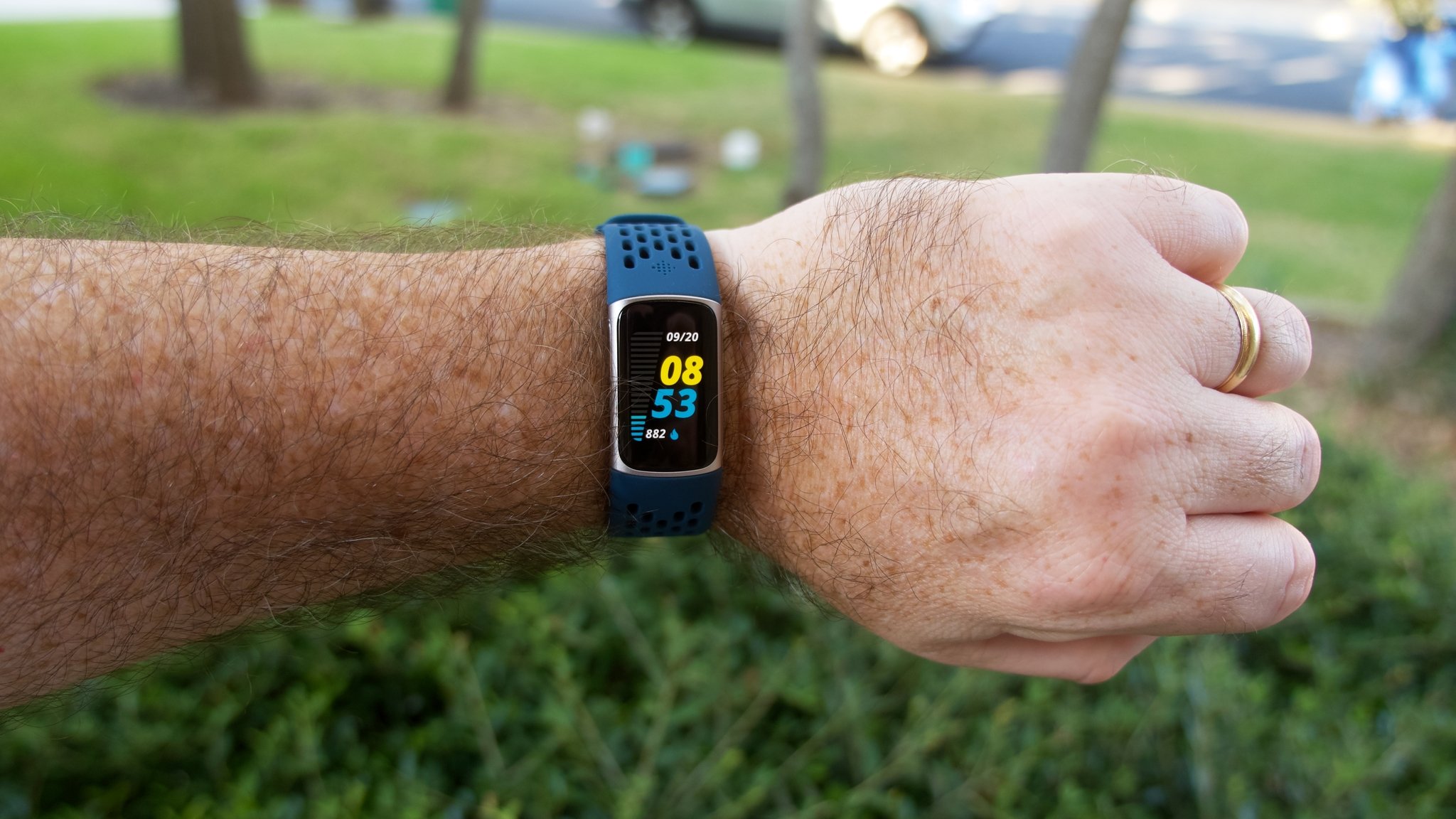
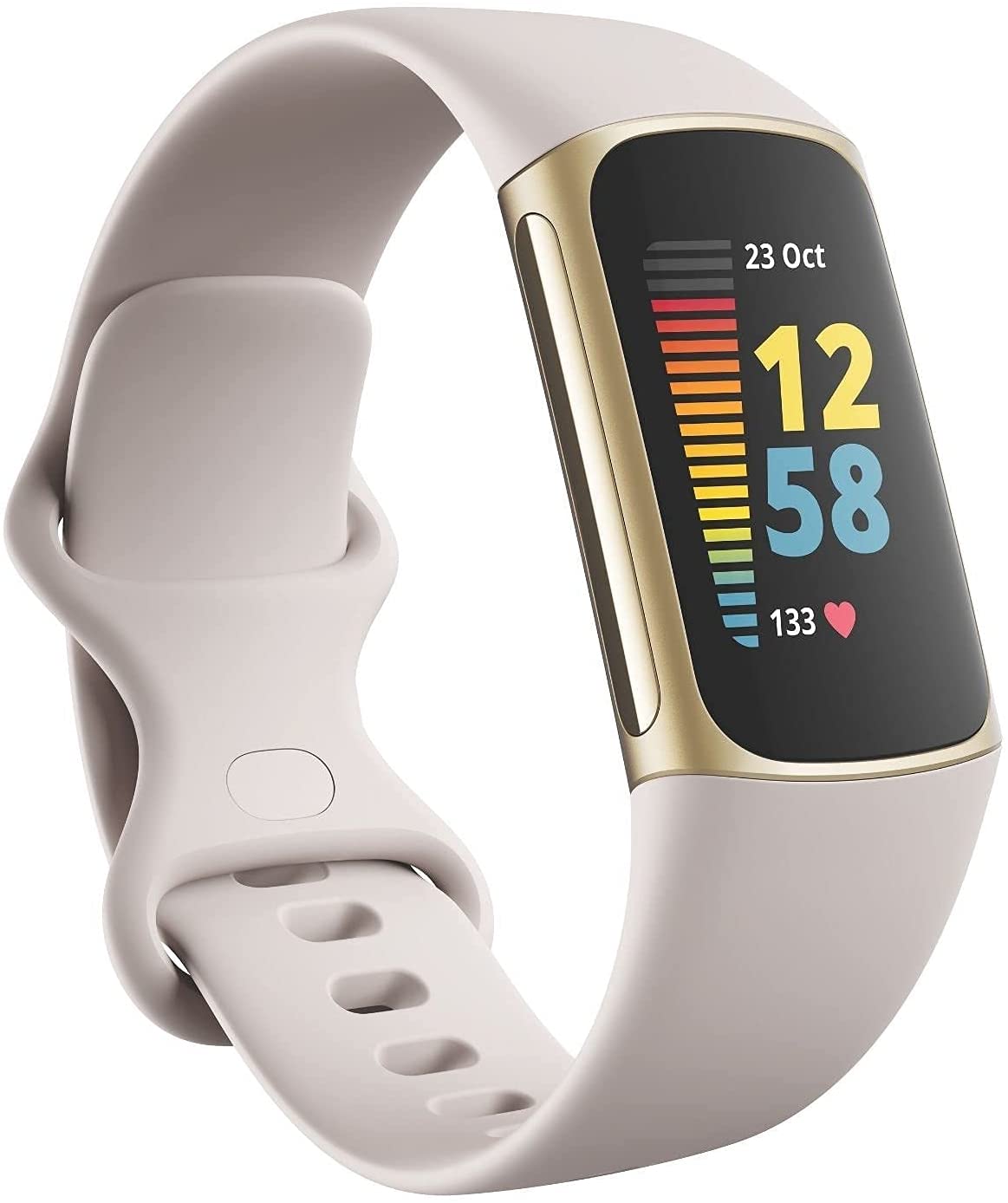

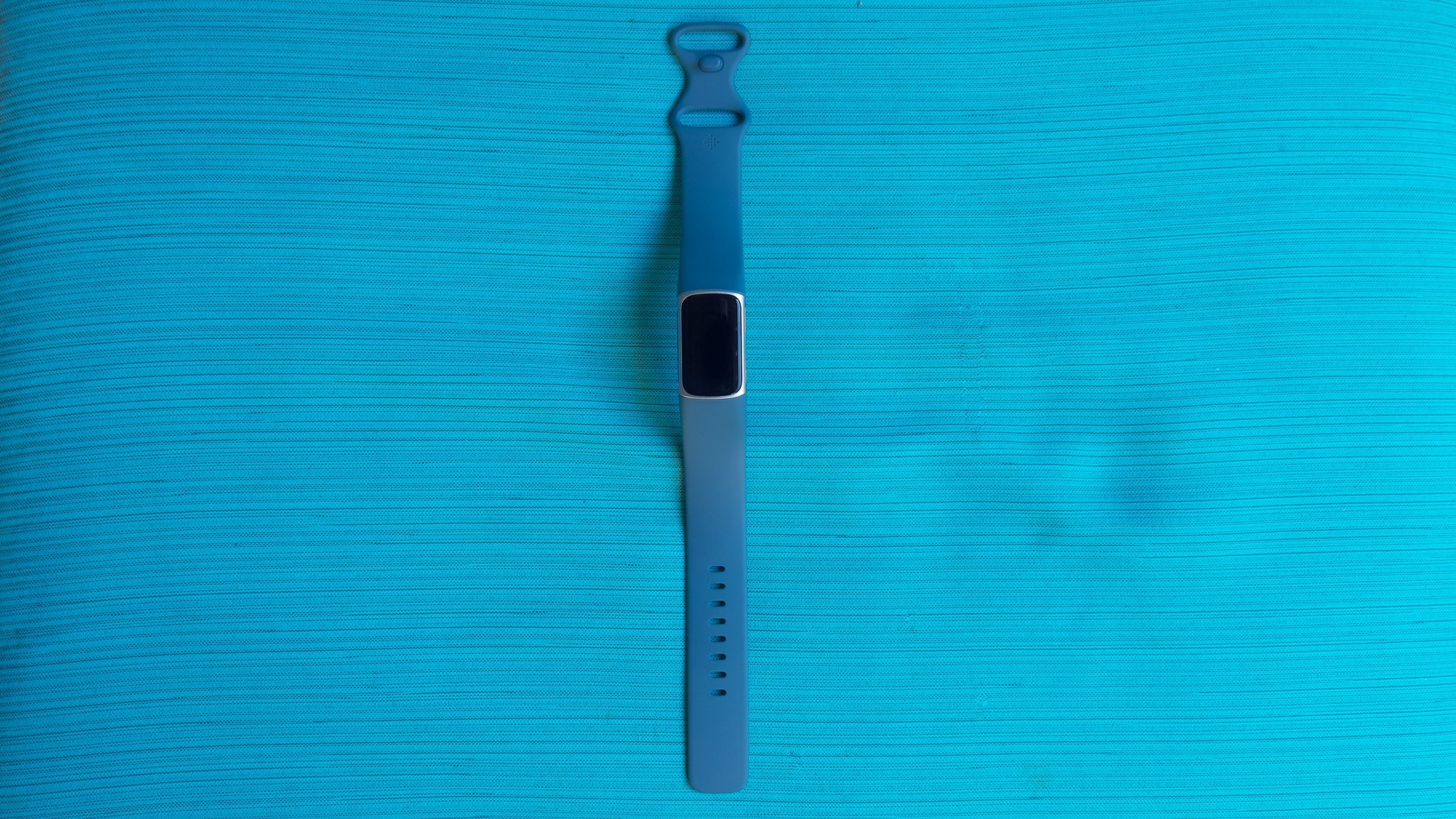
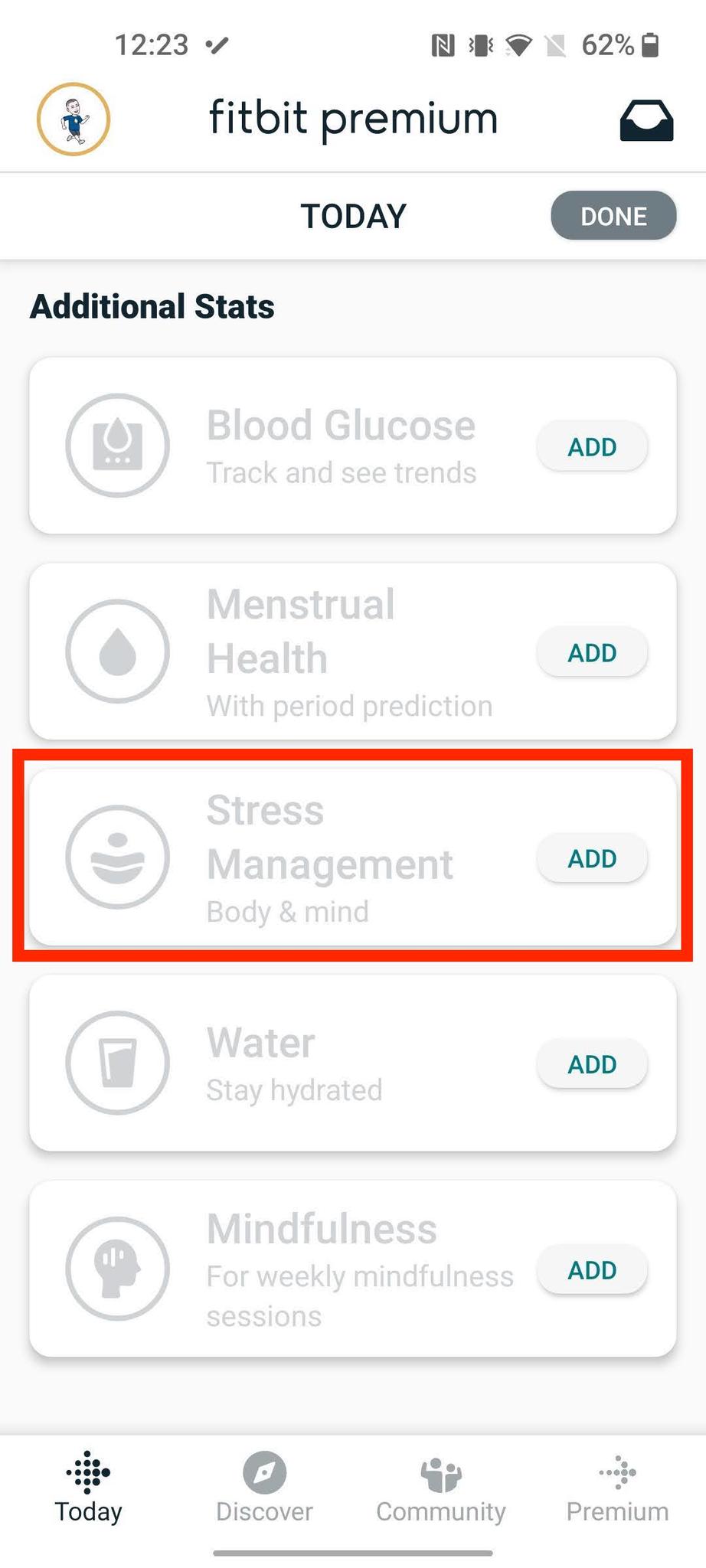
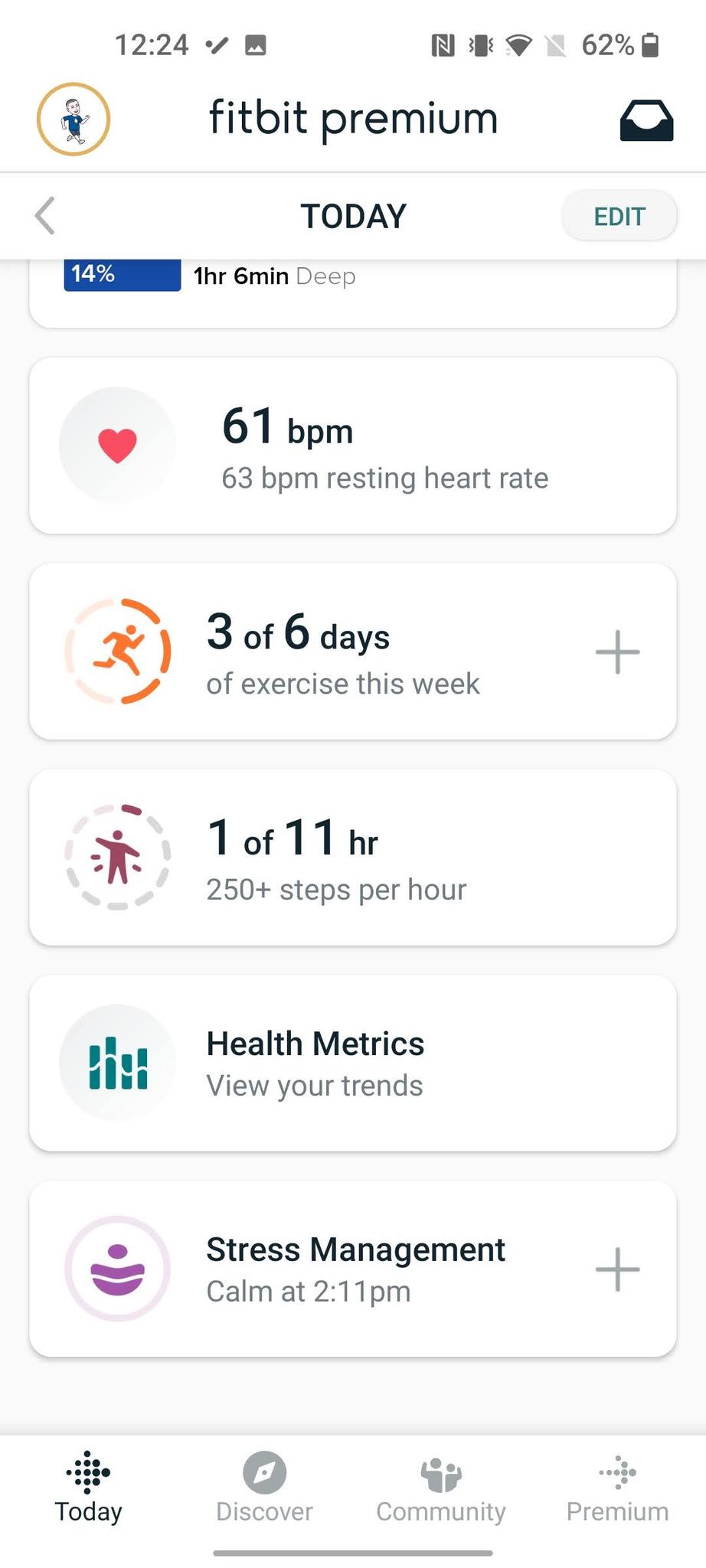
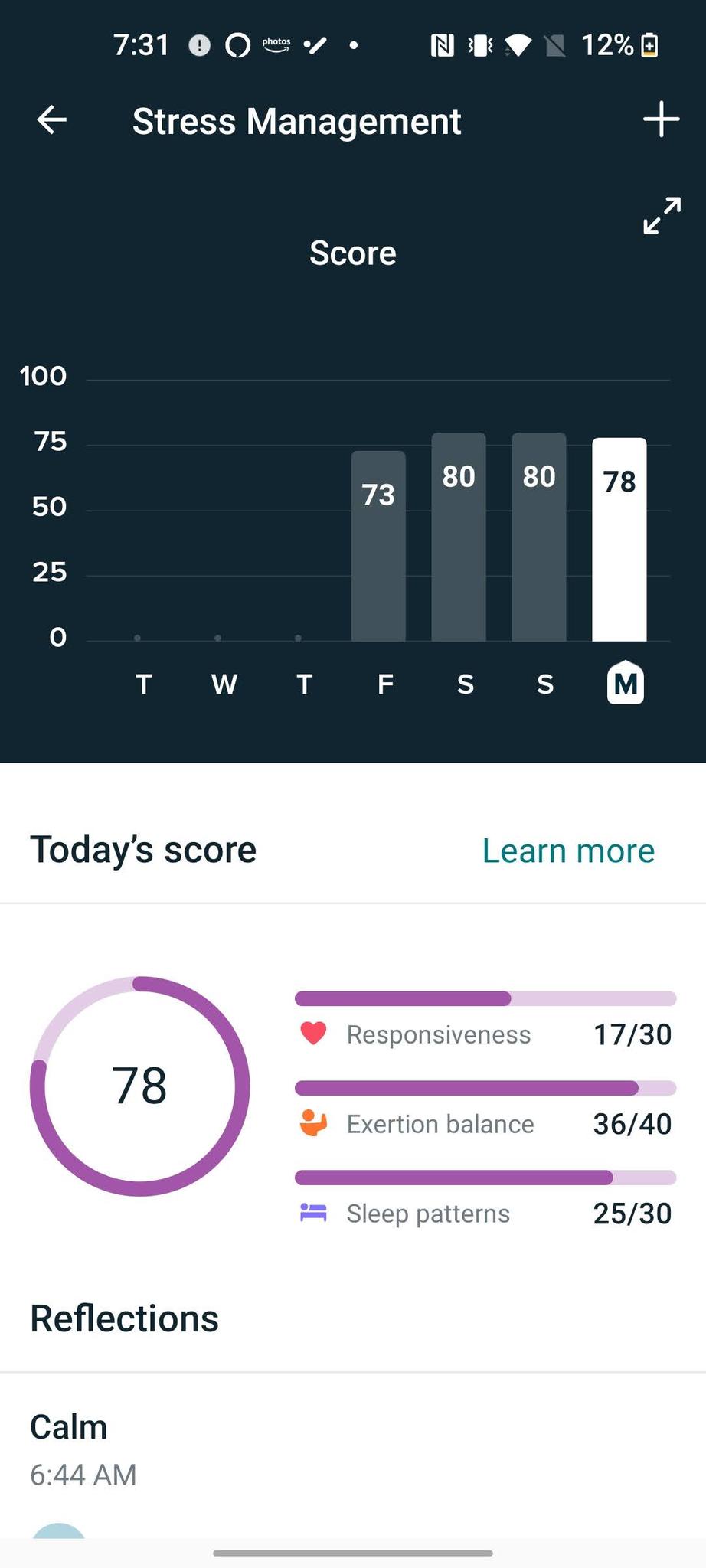
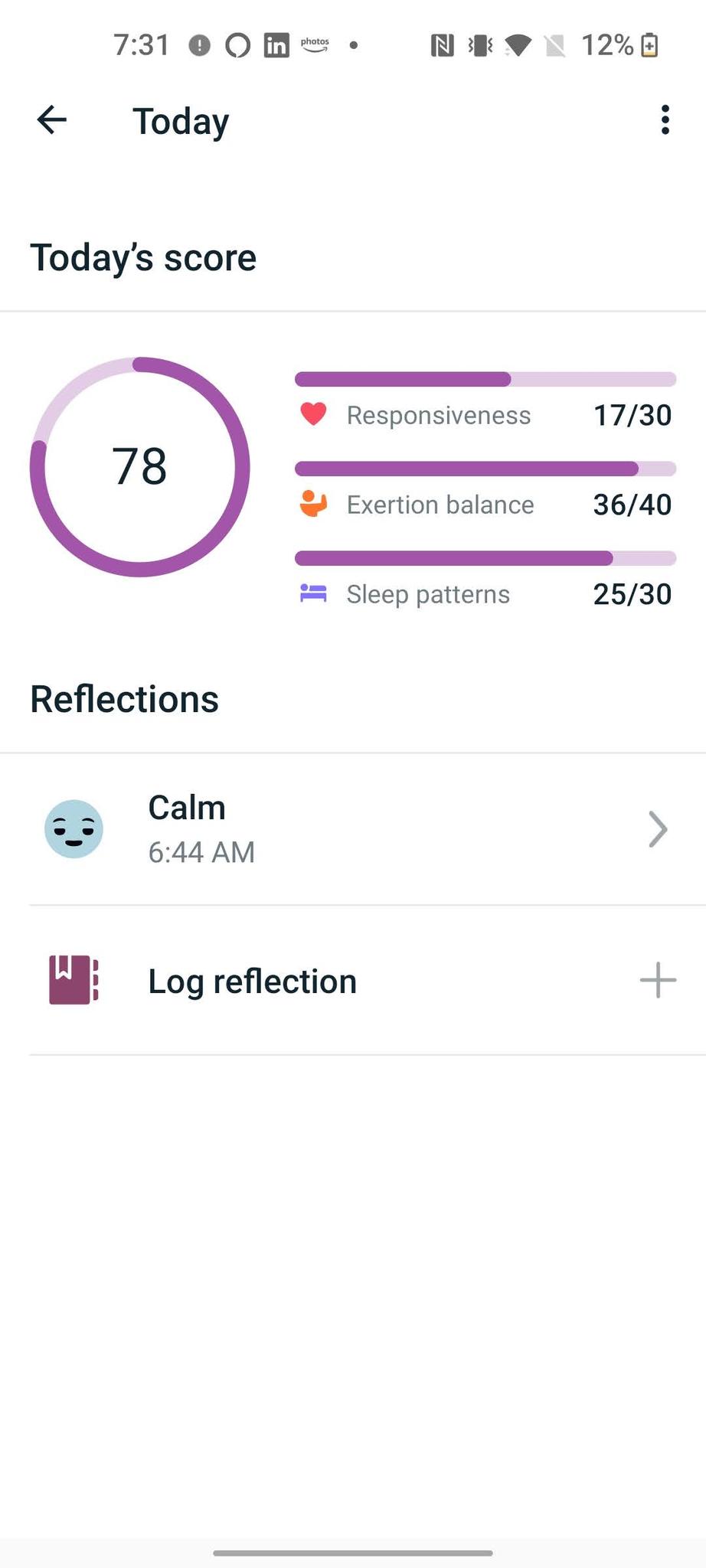
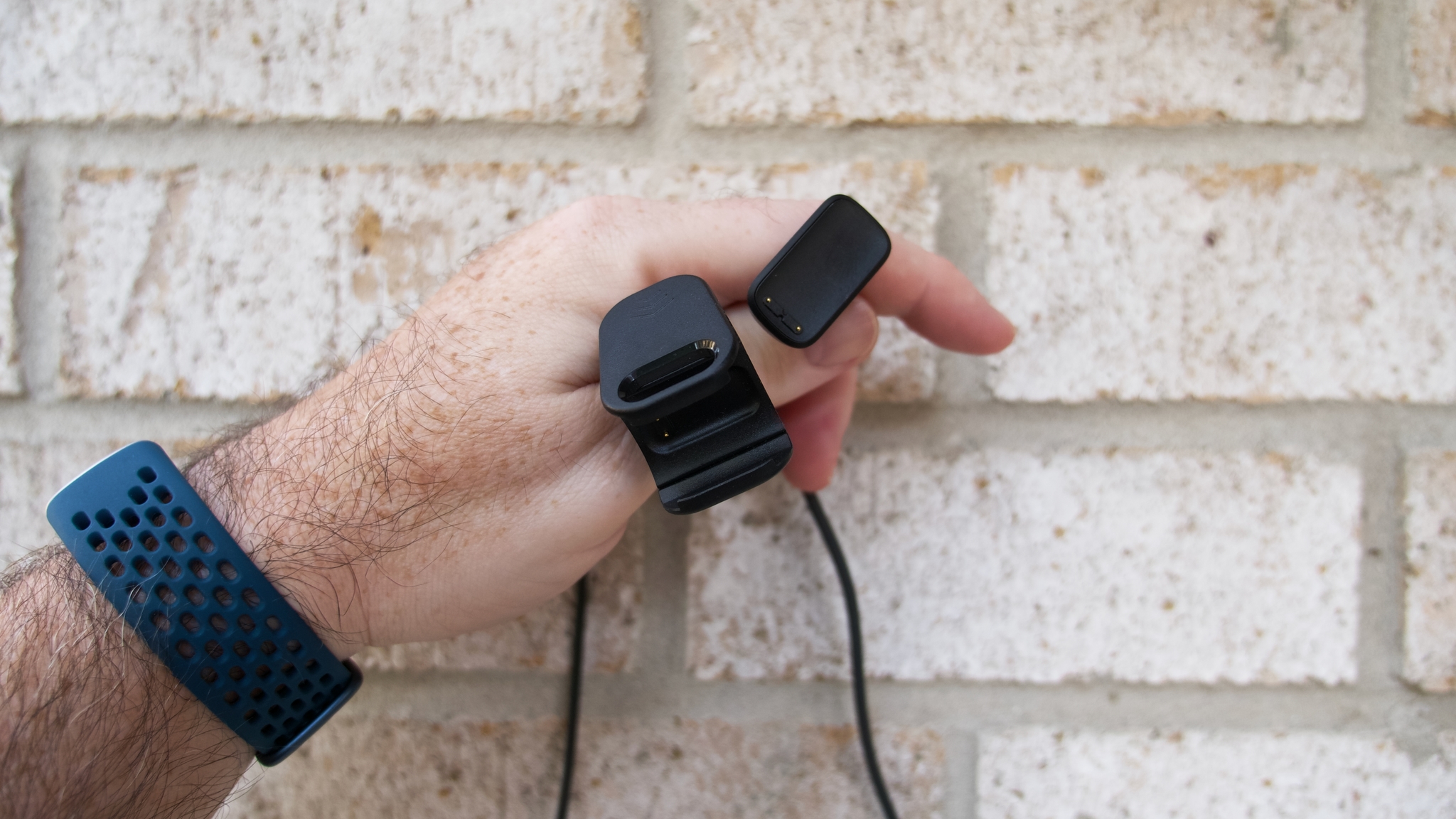
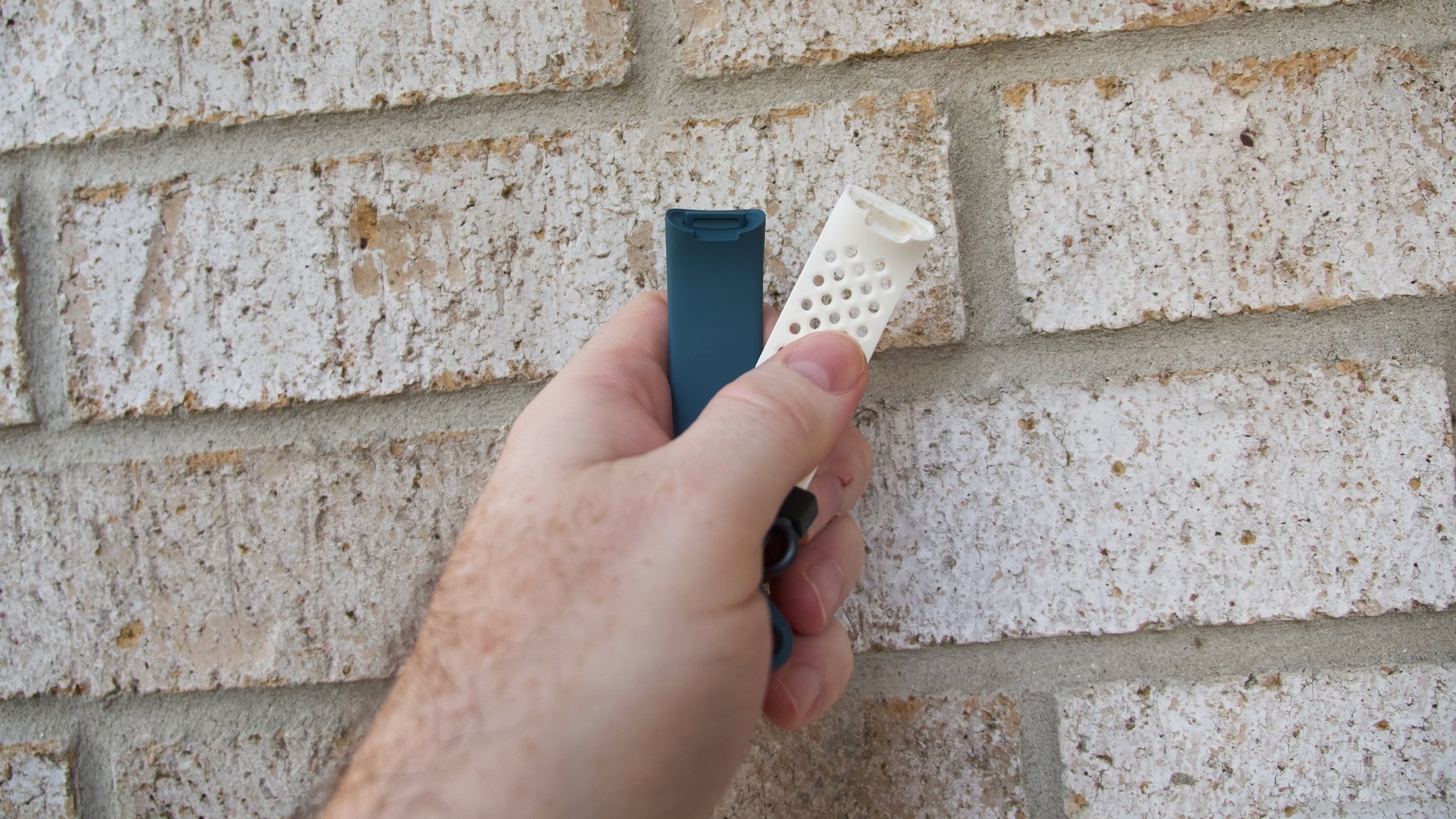
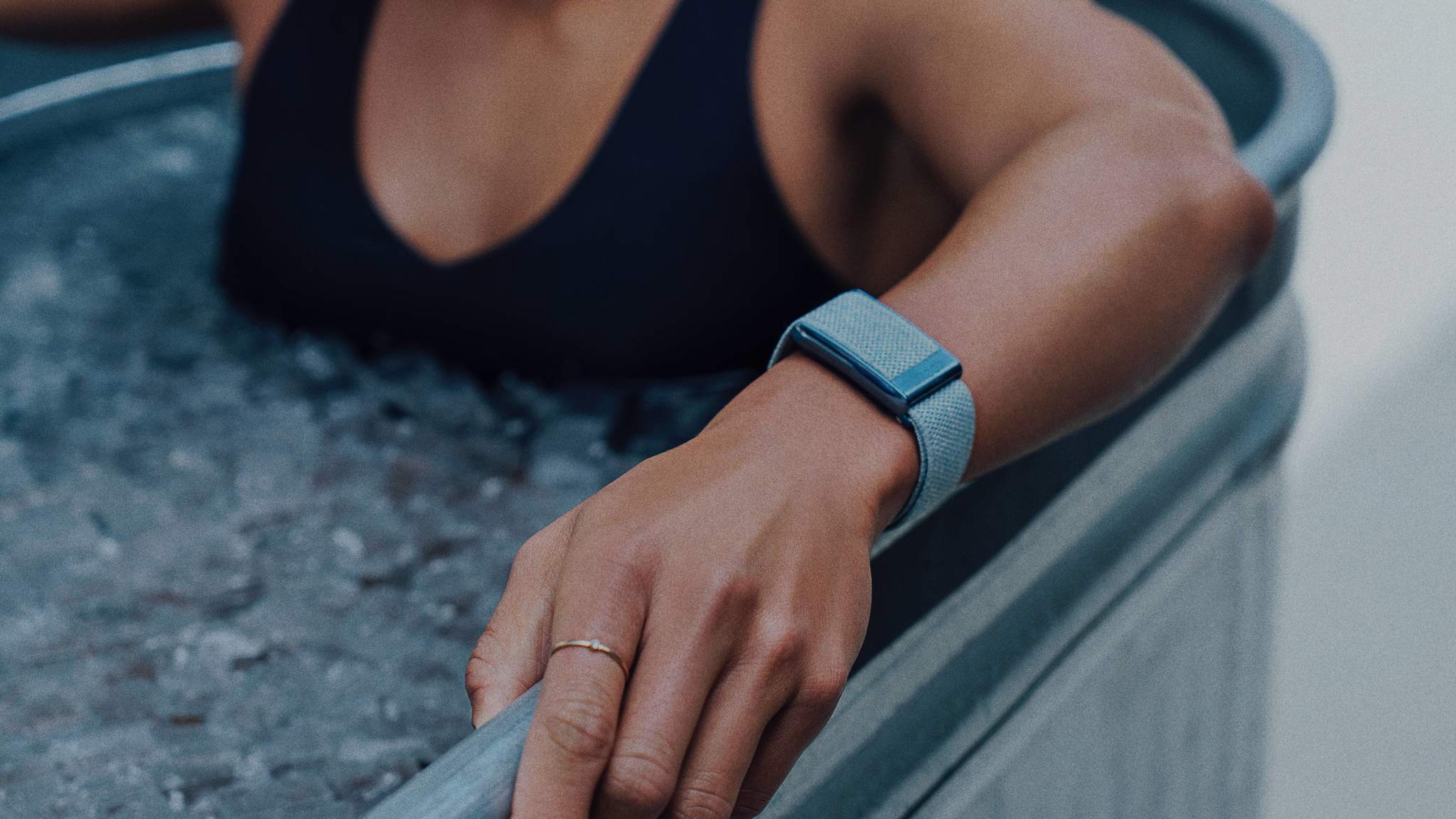
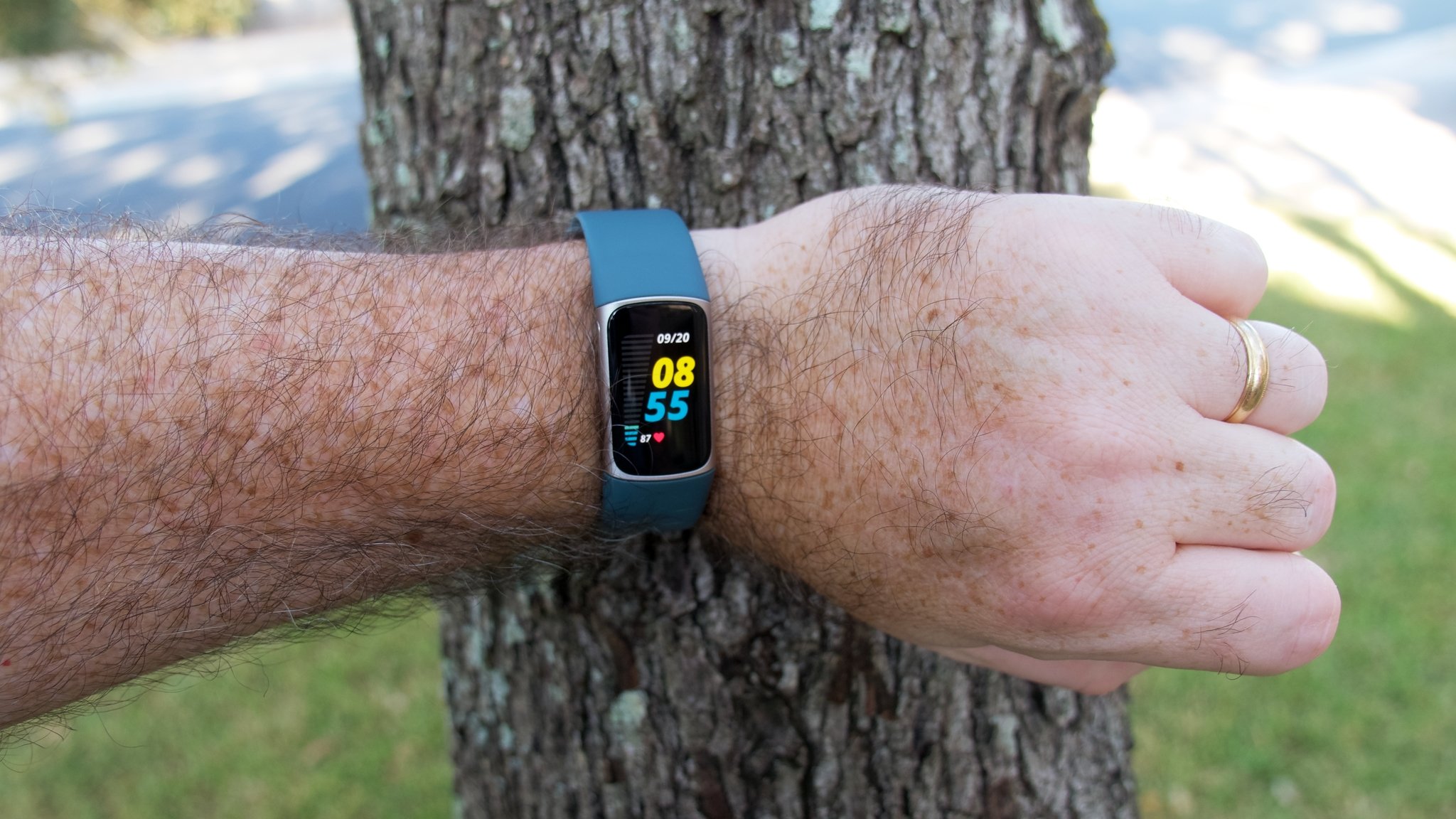
Post a Comment